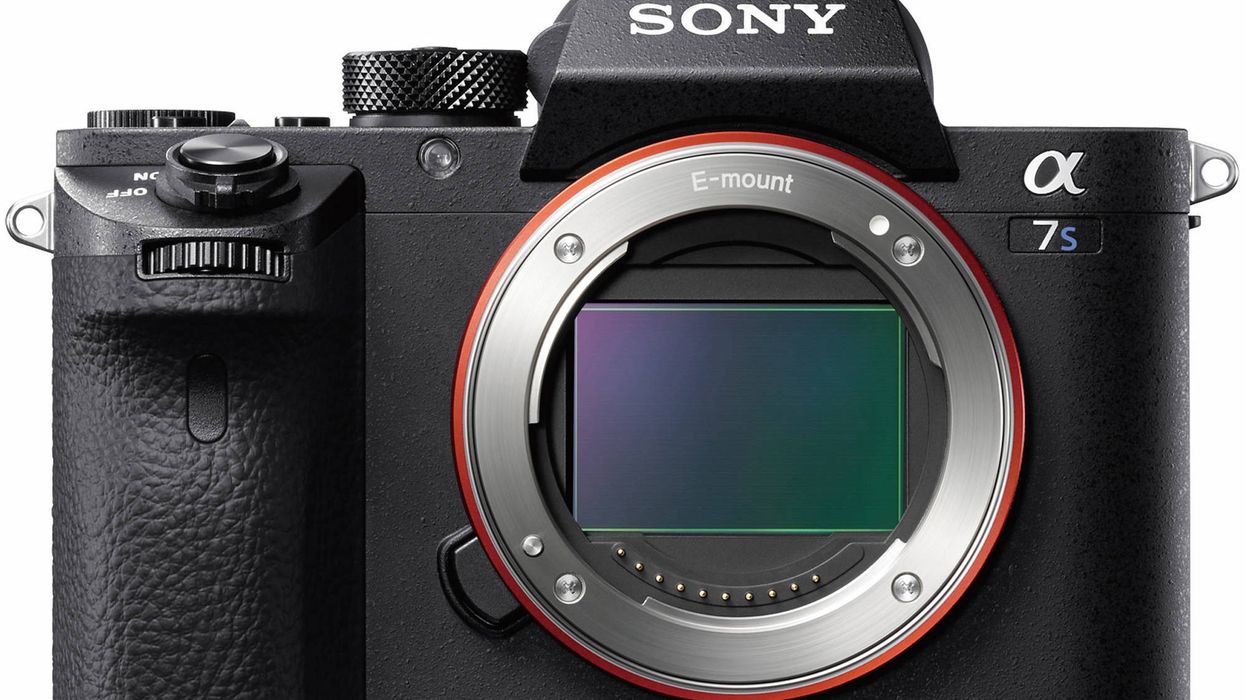Sony Improves Overheating on a7R II & a7S II with New Firmware Updates
The Sony mirrorless cameras might be incredible feats of engineering, but as we've said before, they are not without their faults.

One of these faults is the fact that recording 4K internally on these cameras can lead to overheating, sometimes even before you reach the 30 minute internal recording limit (depending on exterior temperatures). This is a real problem for people trying to shoot 4K during an interview, as not only do you have to deal with the 30 minute limit if your camera gets there, but you also have to worry about the camera having to shut down for a few minutes while it cools off. New firmware updates for the 42 Megapixel Sony a7R II and the 12 Megapixel Sony a7S II have apparently improved this issue.
You can find the a7R II 3.0 firmware here, and this is what's been addressed:
Improvements over version 2.00:
- Improves 4K movie recording time when using the vertical grip (VG-C2EM) or when the APS-C/Super35mm mode is activated
- Improves picture quality
Benefits provided by previous updates and included in version 3.00:
- Adds the selectable feature for uncompressed 14-Bit RAW image capture
- Adds support to output video via HDMI during use of the Remote Camera Control software (still mode only)
- Reduces the chance of the camera changing to front focus when shooting certain scenes. Note: This symptom rarely occurs.
- Decreases chroma noise when Long Exposure NR (Noise Reduction) is set to Off. Note: The noise does not occur when Long Exposure NR is set to On.
- Improves continuous shooting at Hi speed so that it can be used just as long when using the flash as without the flash.
As for the a7S II 2.0 firmware, this is all they've fixed (we should note that this camera can't record 4K in the APS-C/Super 35mm mode):
Improvement over version 1.10:
- Improves 4K movie recording time when using the vertical grip (VG-C2EM) or when the APS-C/Super35mm mode is activated
- Improves picture quality
Benefits provided by previous updates and included in version 2.00:
- Addresses a condition where a black spot may occur in a high intensity lighting part of a shooting scene.
Note: This condition is especially seen in PAL 25p, it rarely happens in NTSC 30p or 60p.
Thanks to Jonathan Fuentes and to cinema5D, here are some tests showing the Super 35mm/APS-C mode recording continuously without overheating at room temperature, and without using the battery grip (and it's worth noting the LCD is extended here, something Sony recommends for longer recording):
Since we have neither camera in-house, we're asking you all to report your findings here about recording time. Sony says recording time at the full 4K is only improved with the battery grip, but we'd like to find out if recording time of the full 4K on the a7S II and a7R II is also improved without the grip , and how much the LCD being extended from the body affects this.
Hopefully Sony will continue to improve these issues, as overheating is something that can ruin day pretty quickly.











